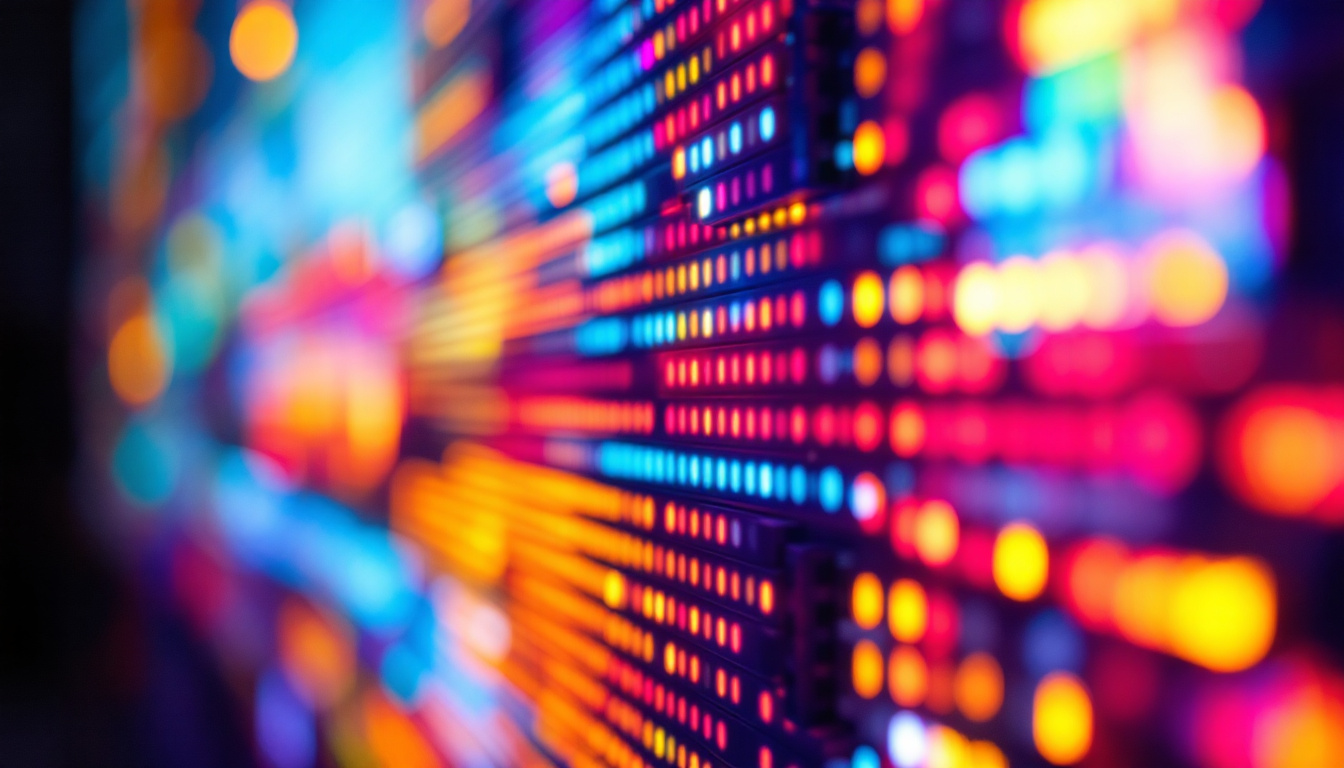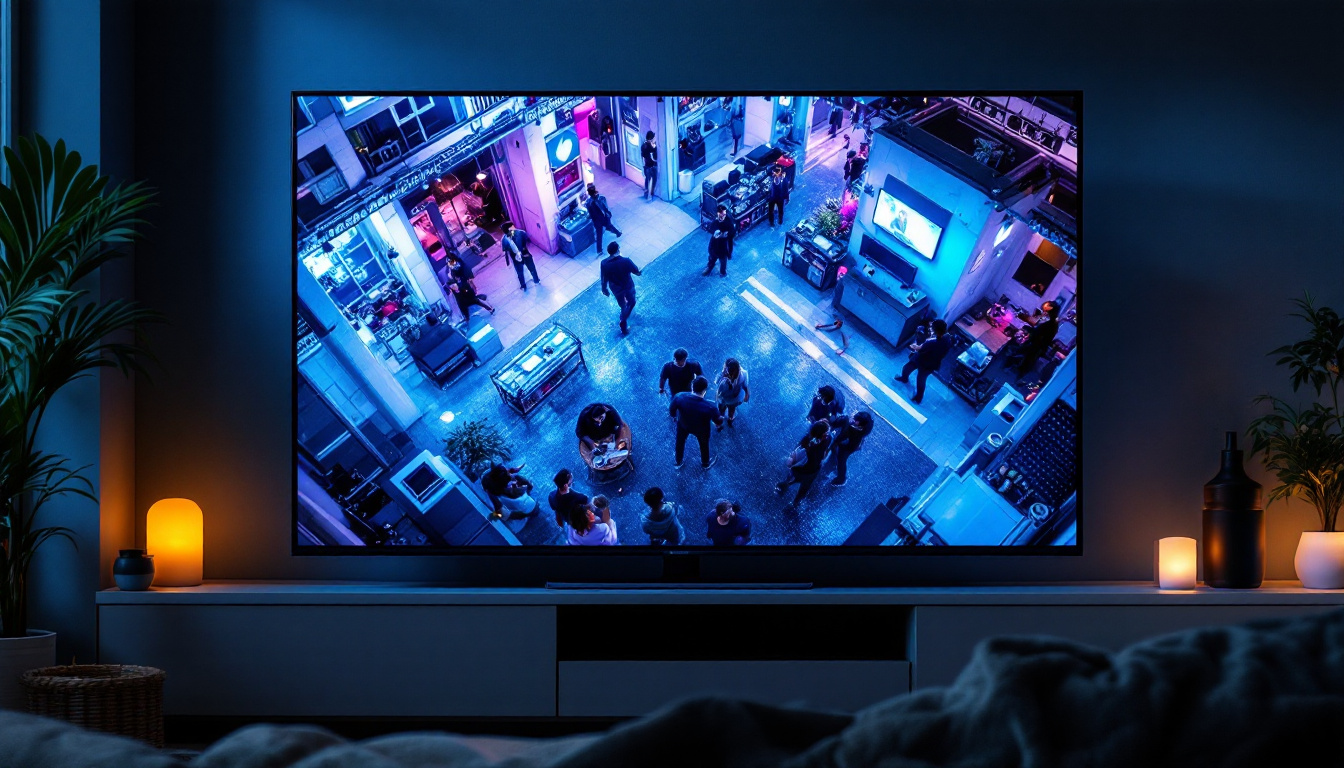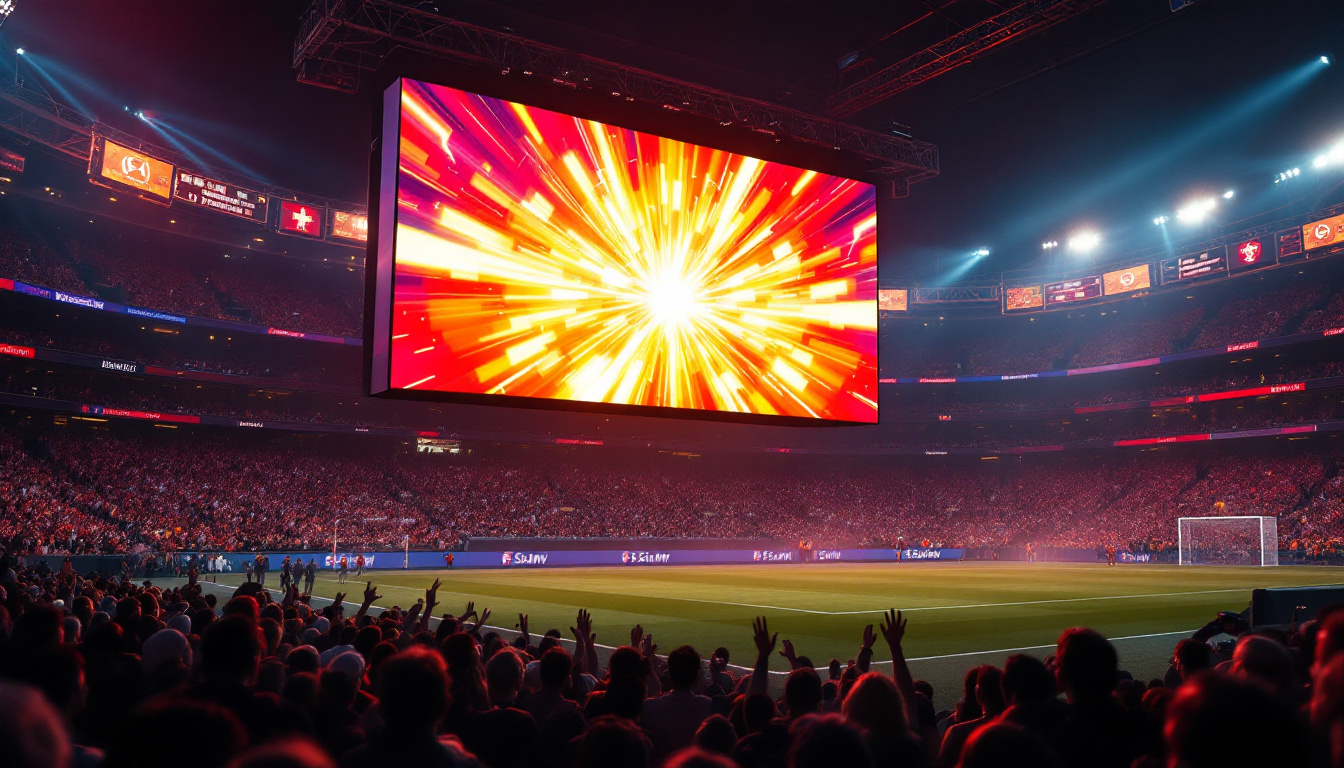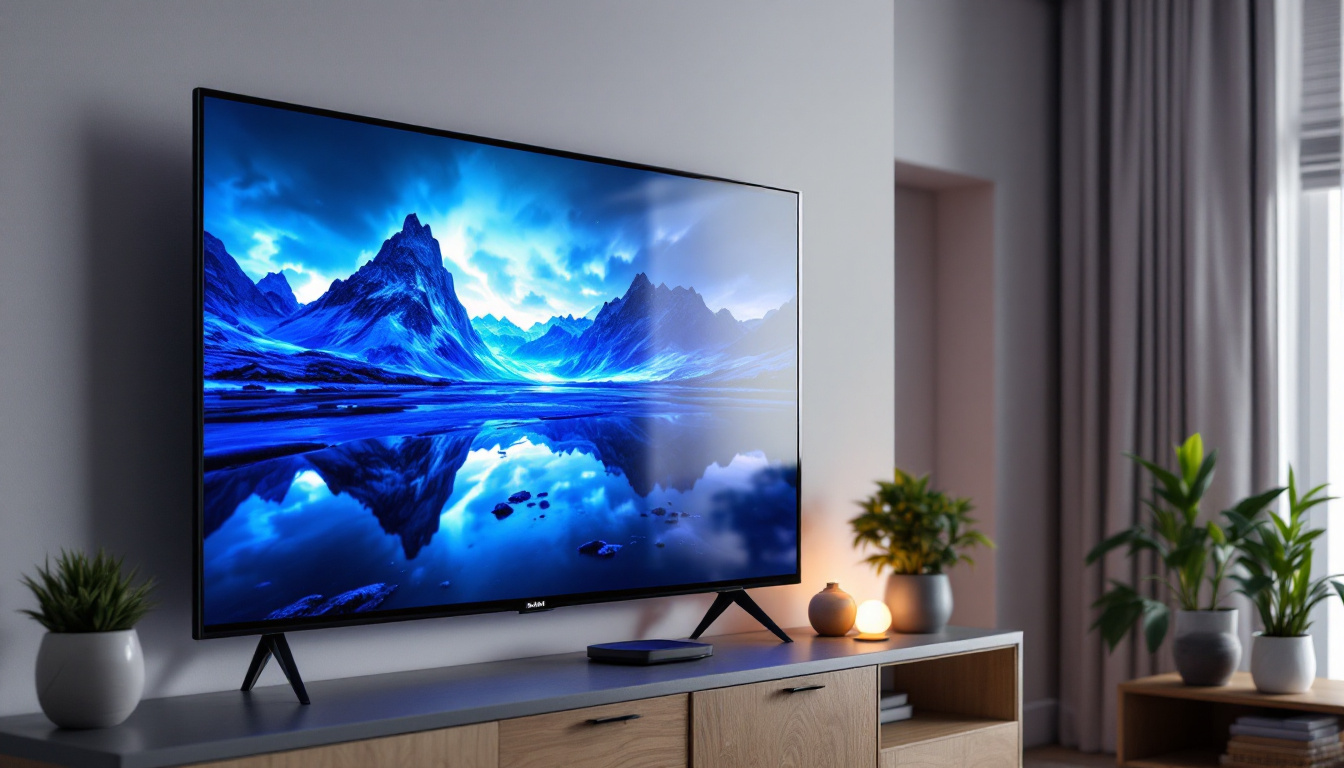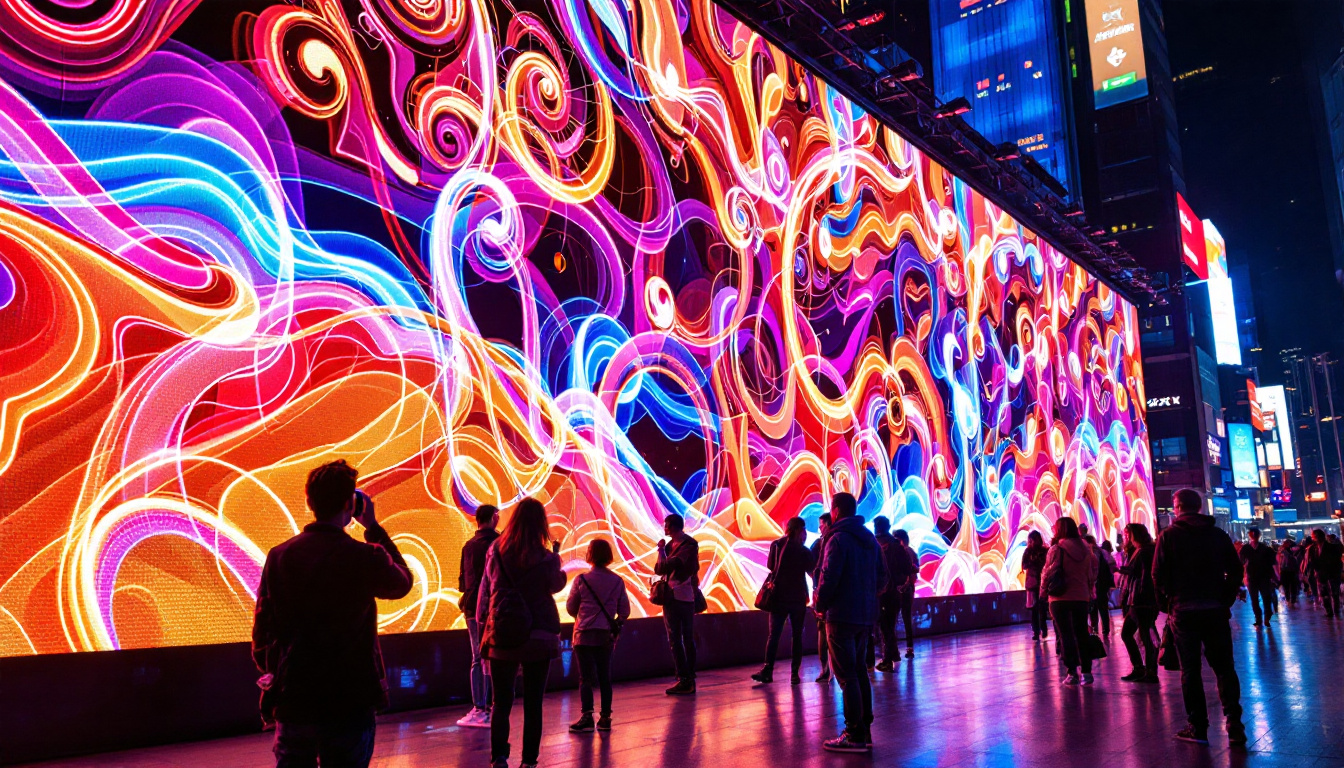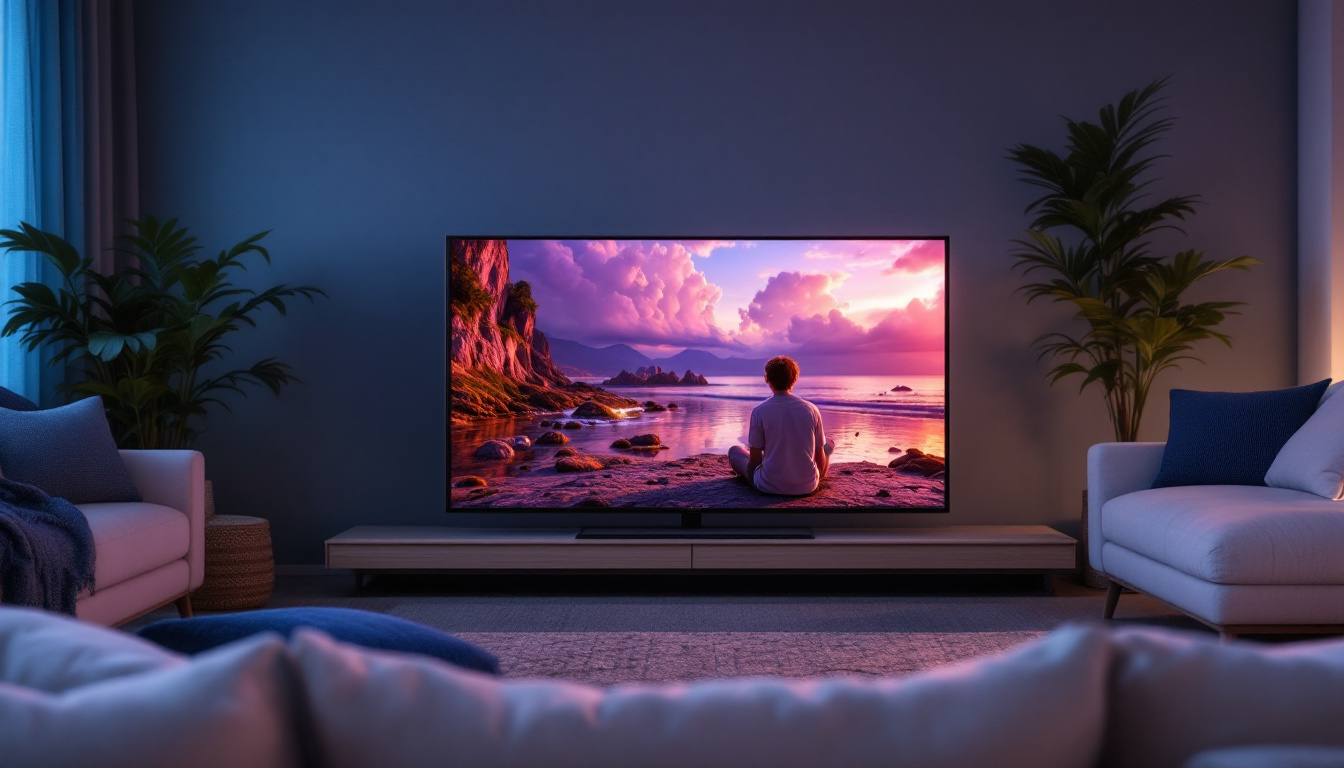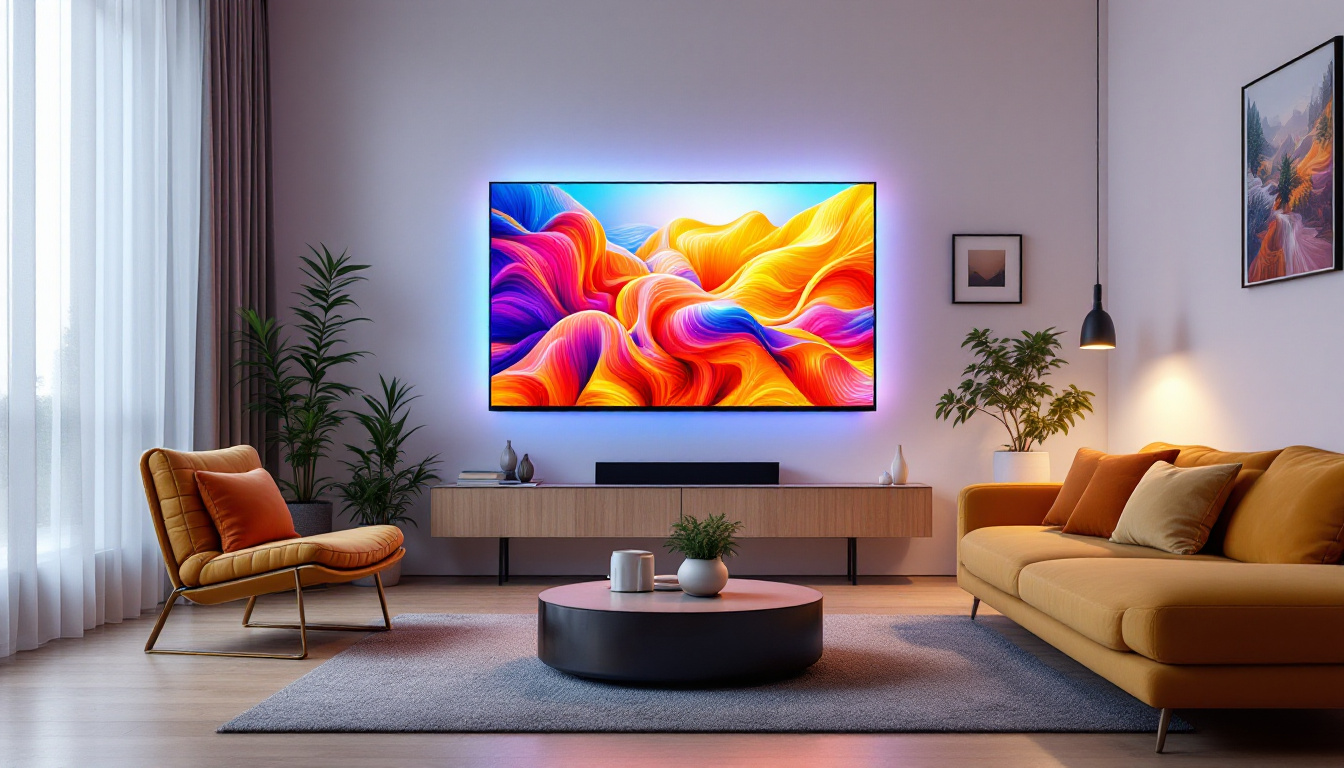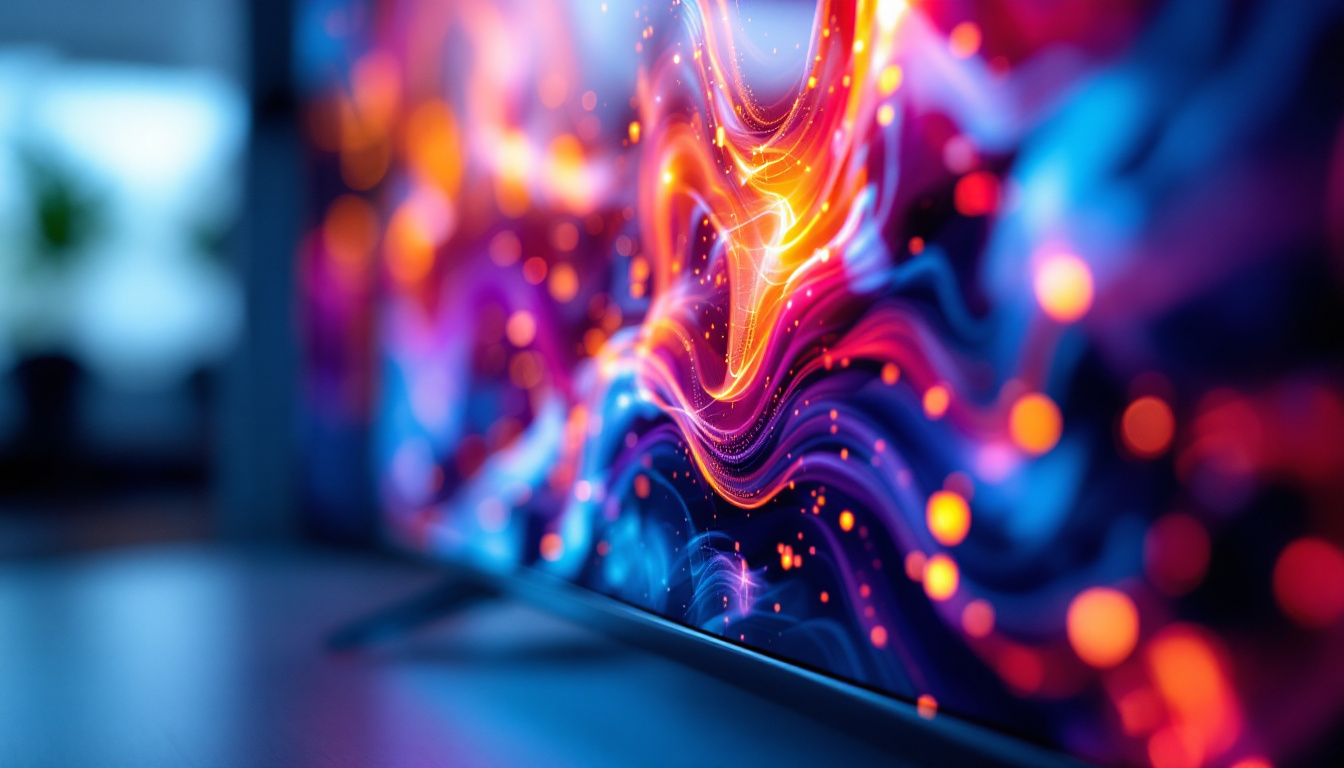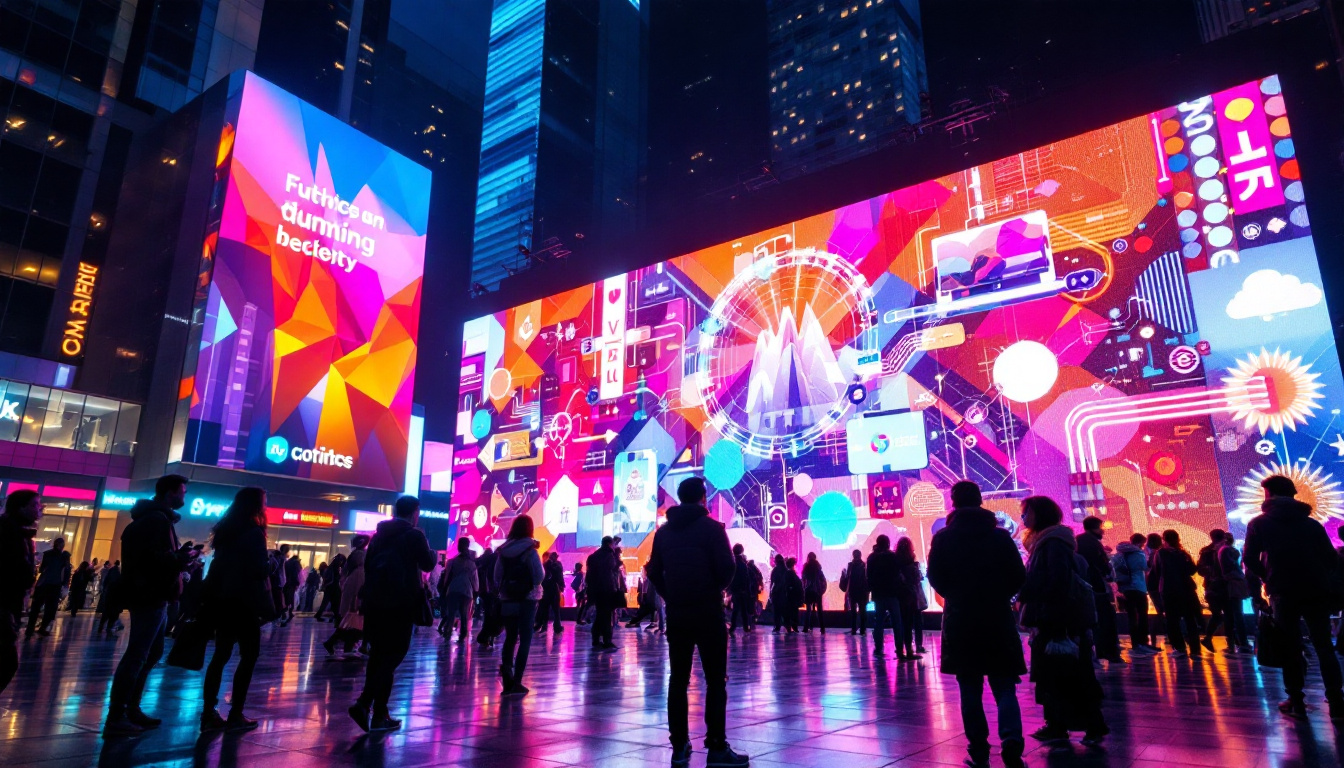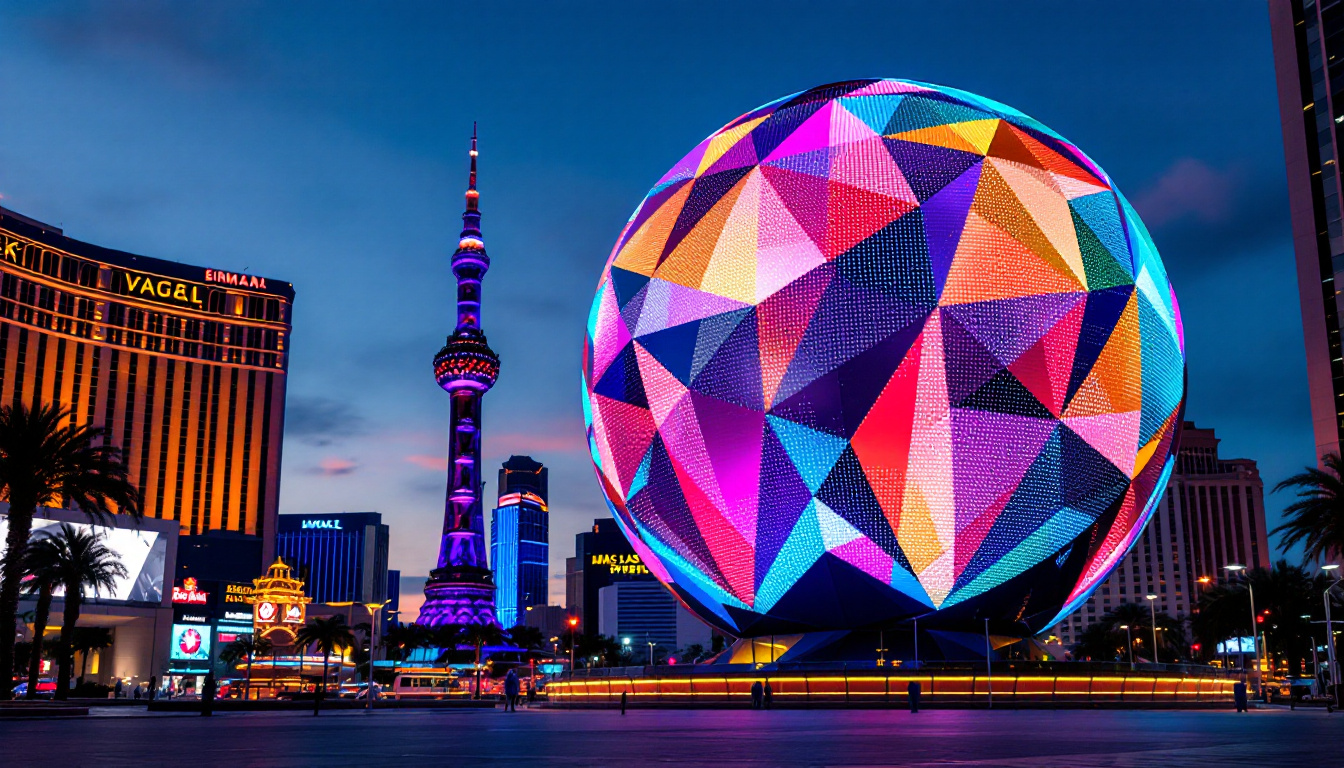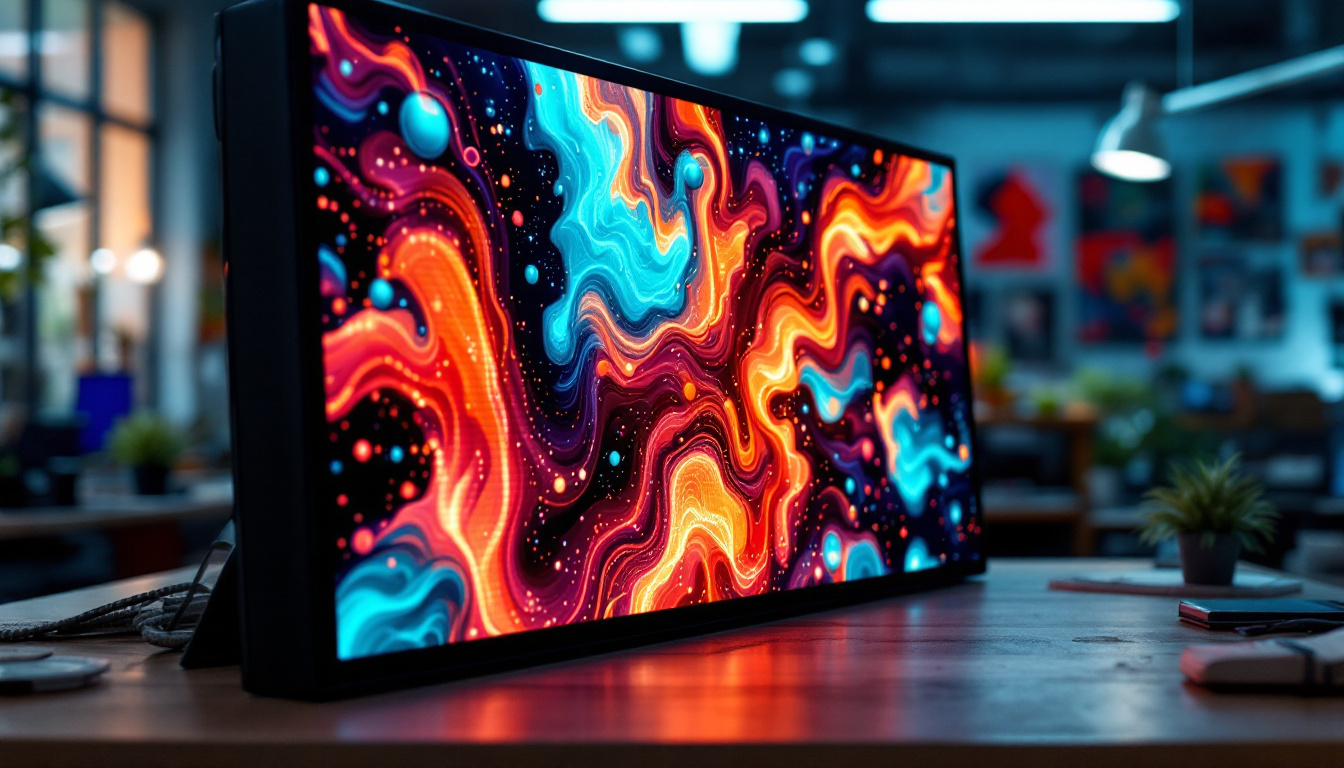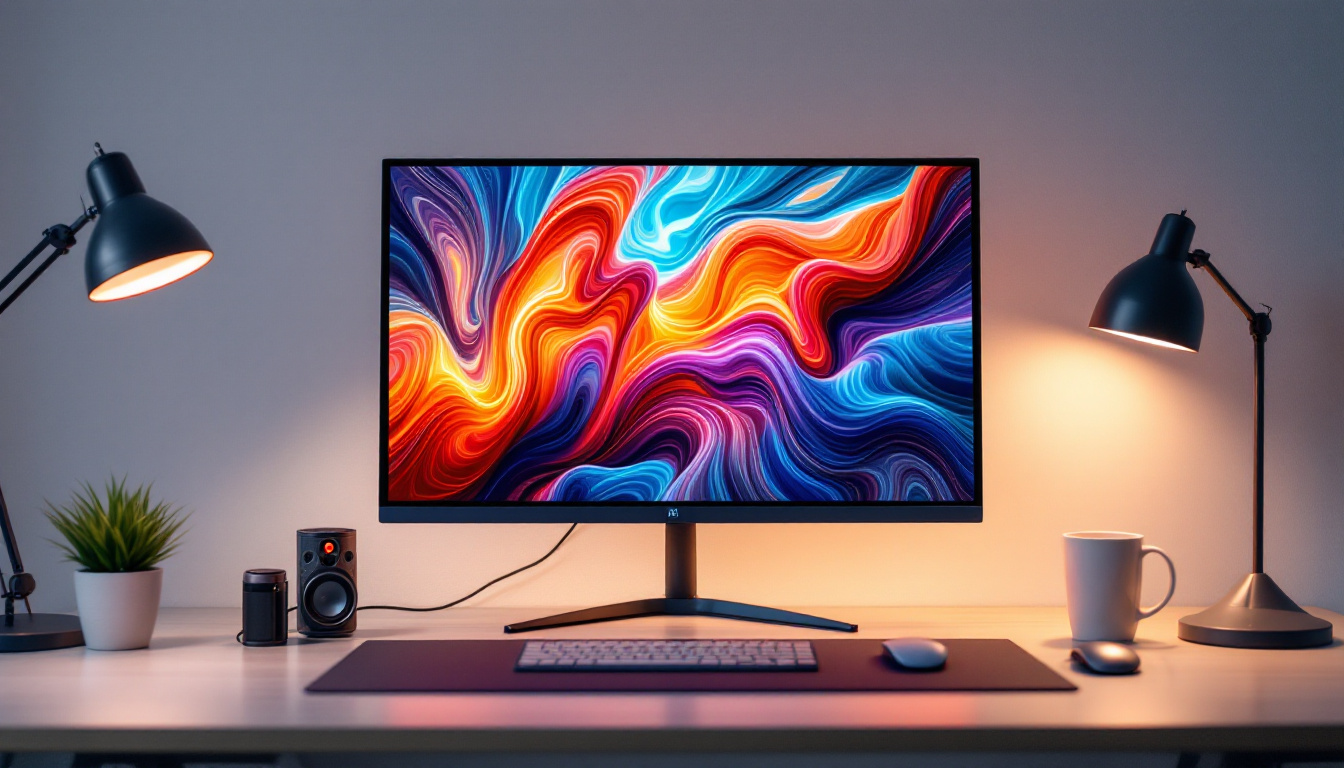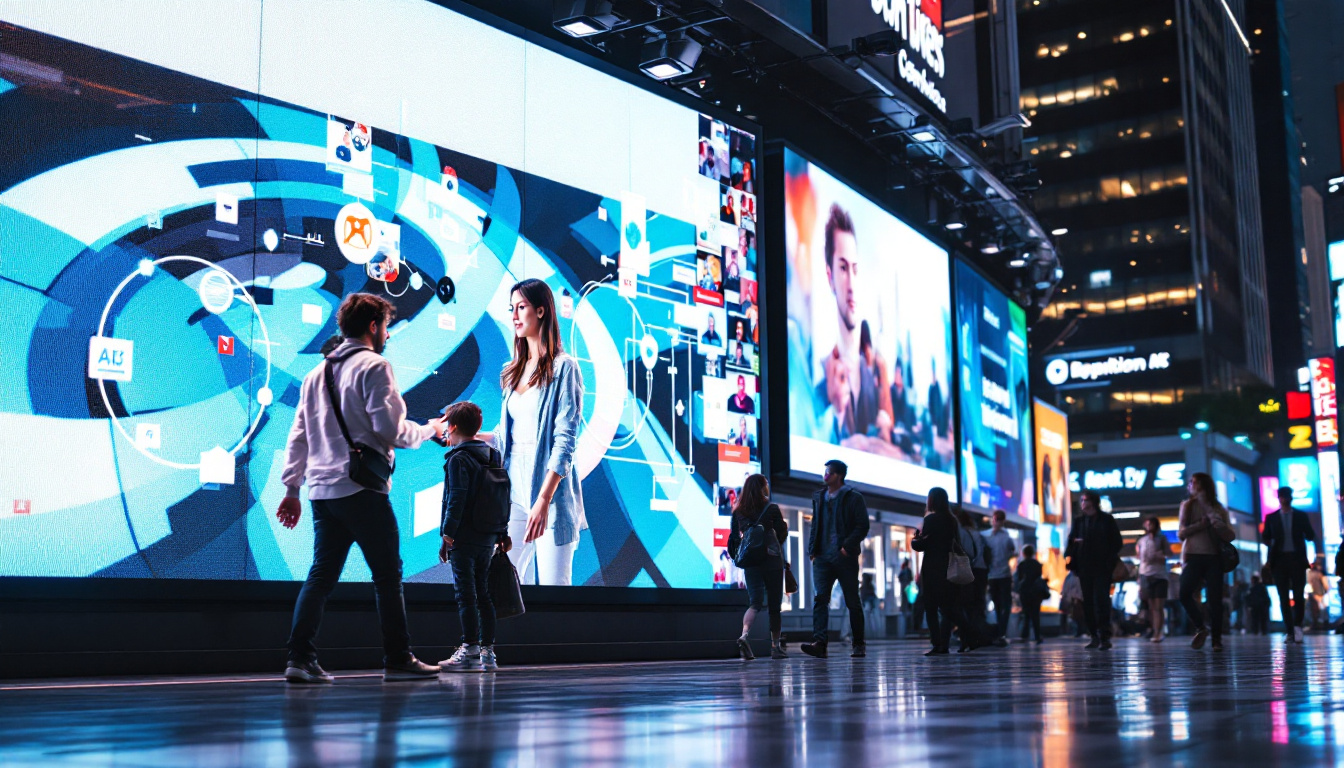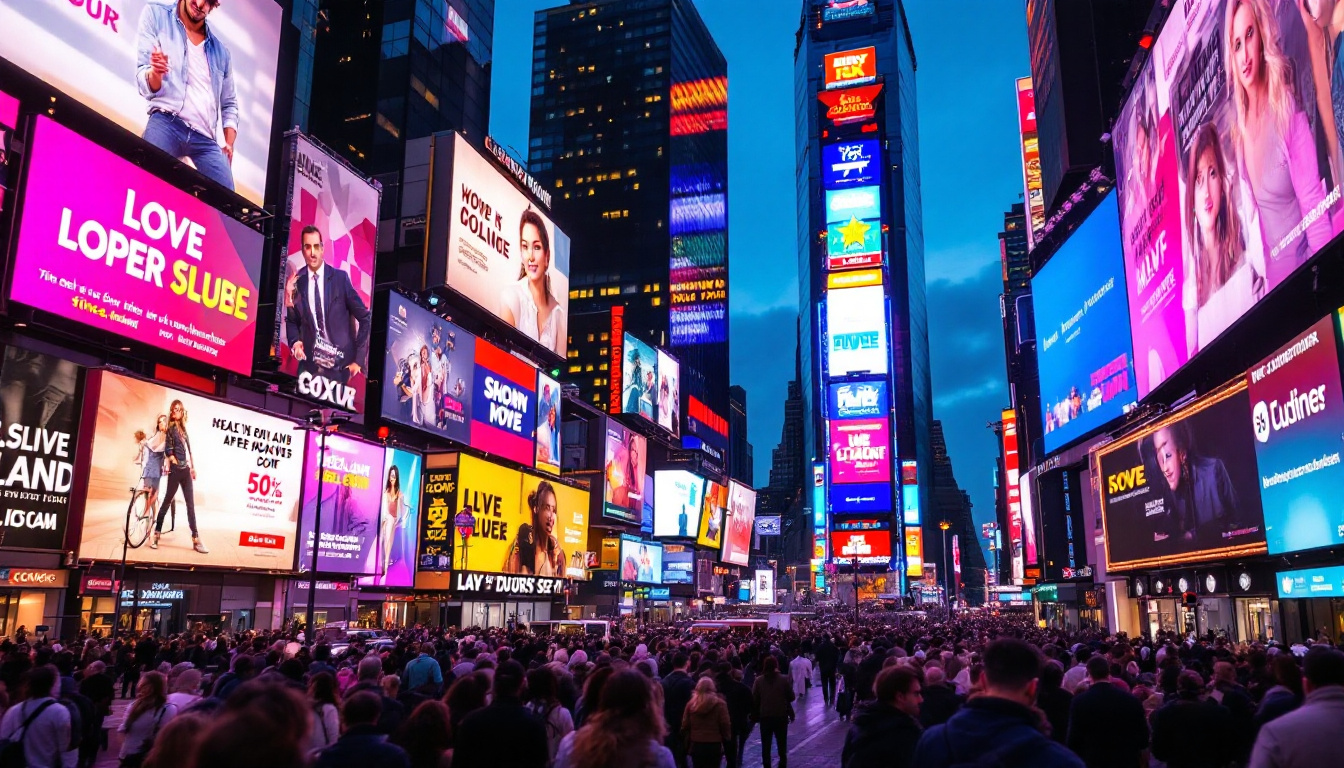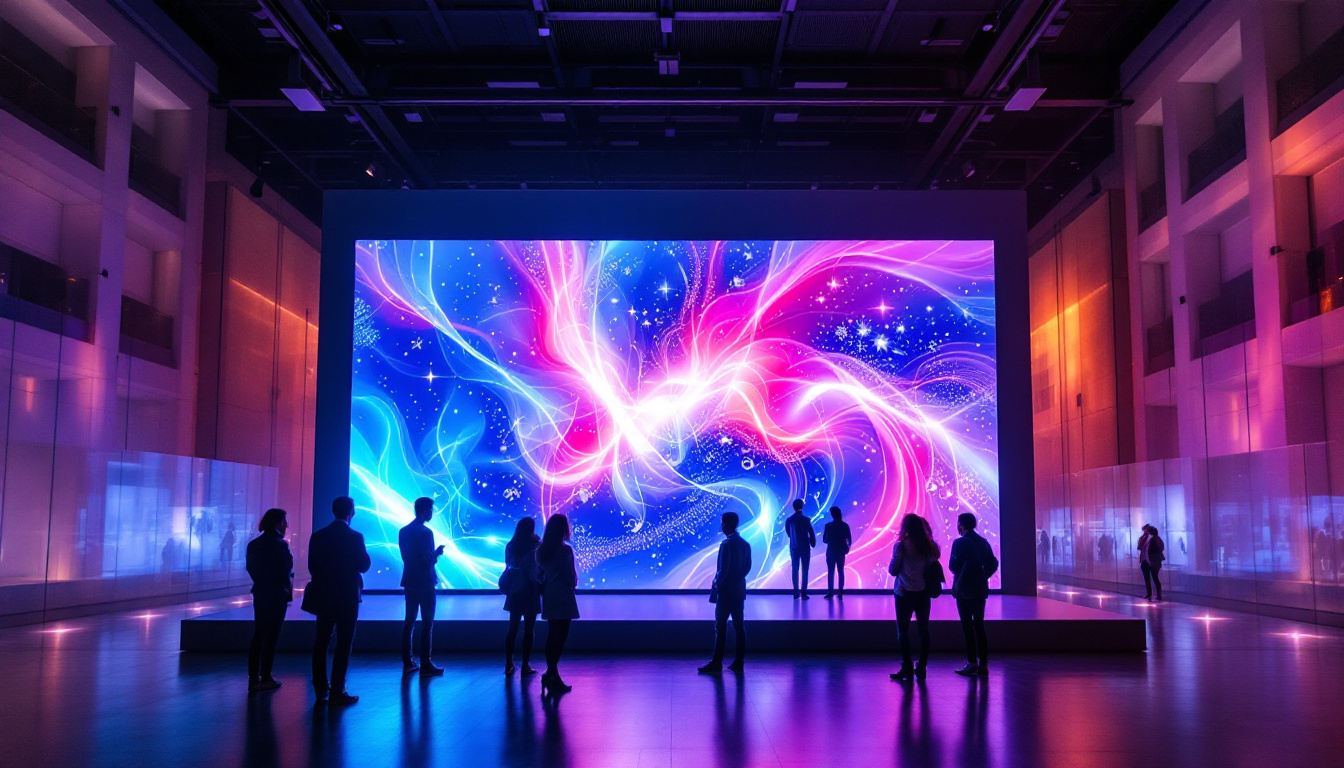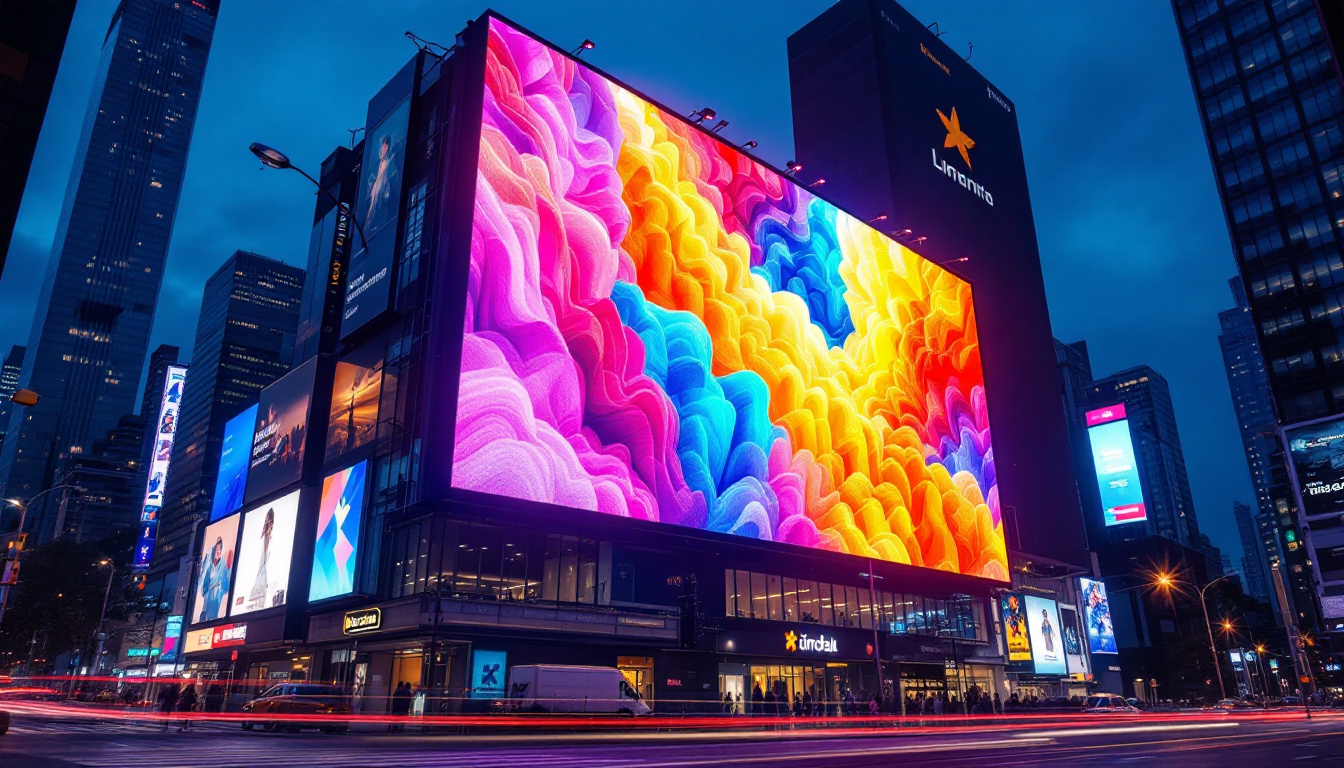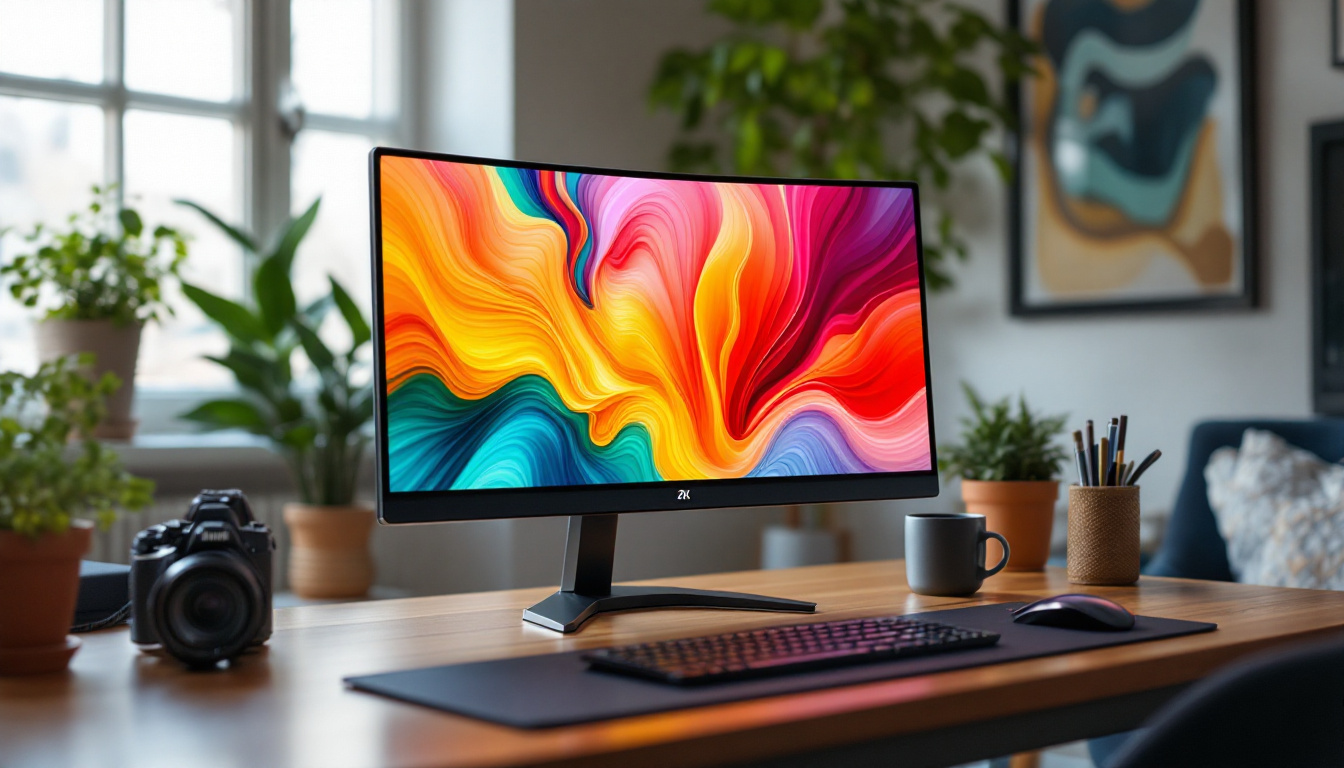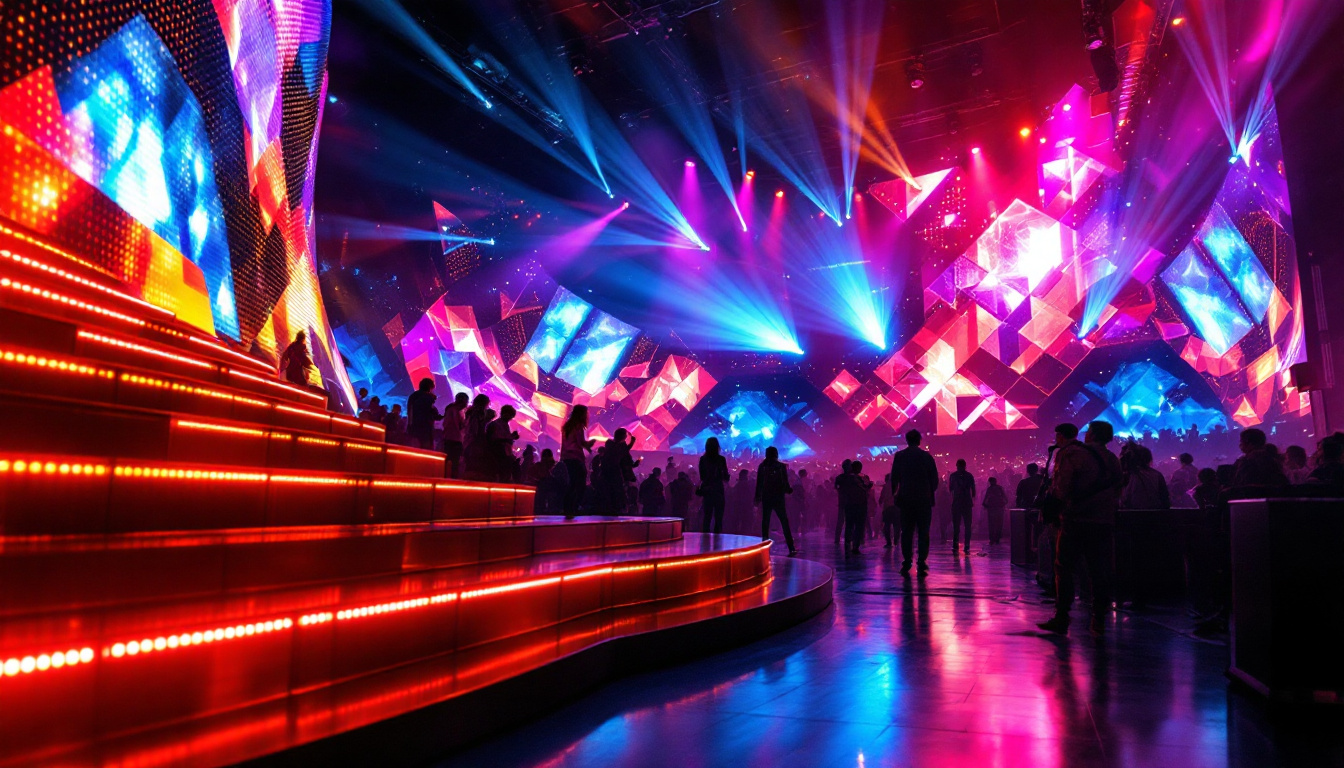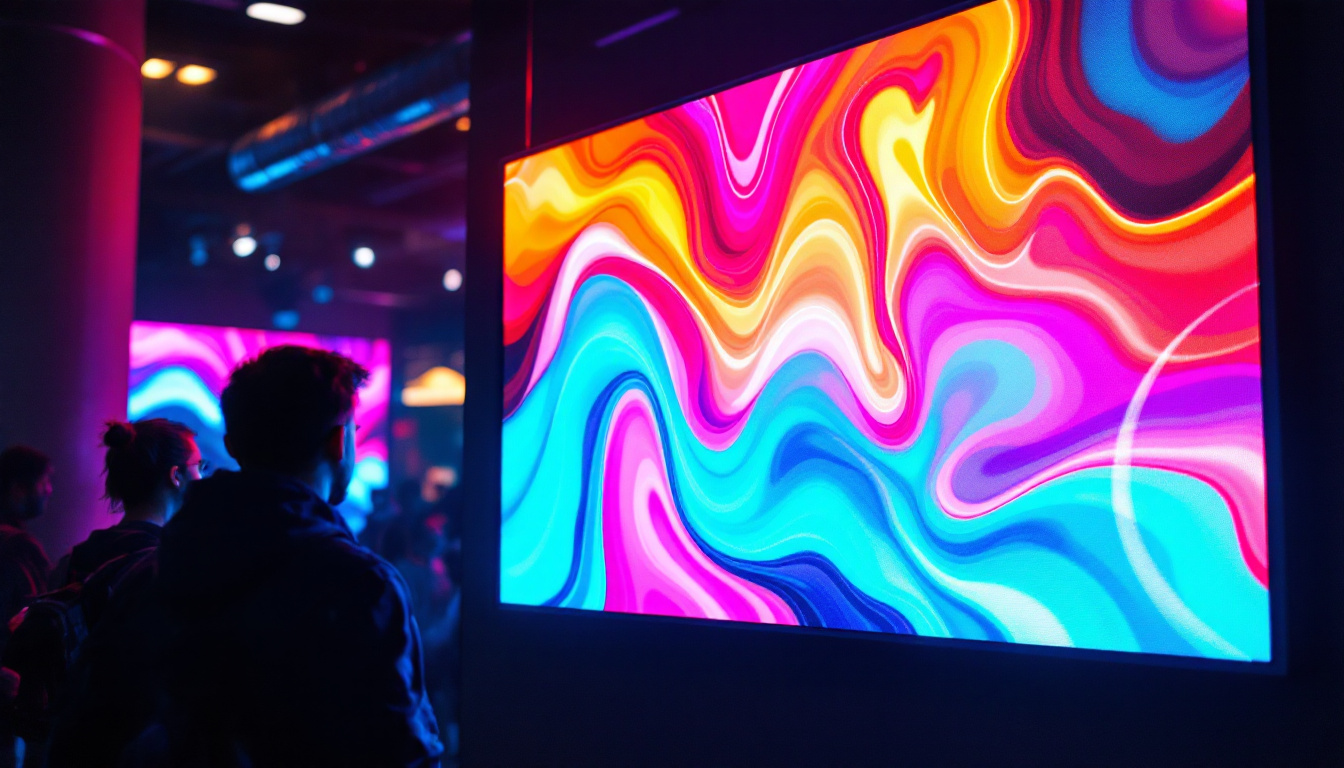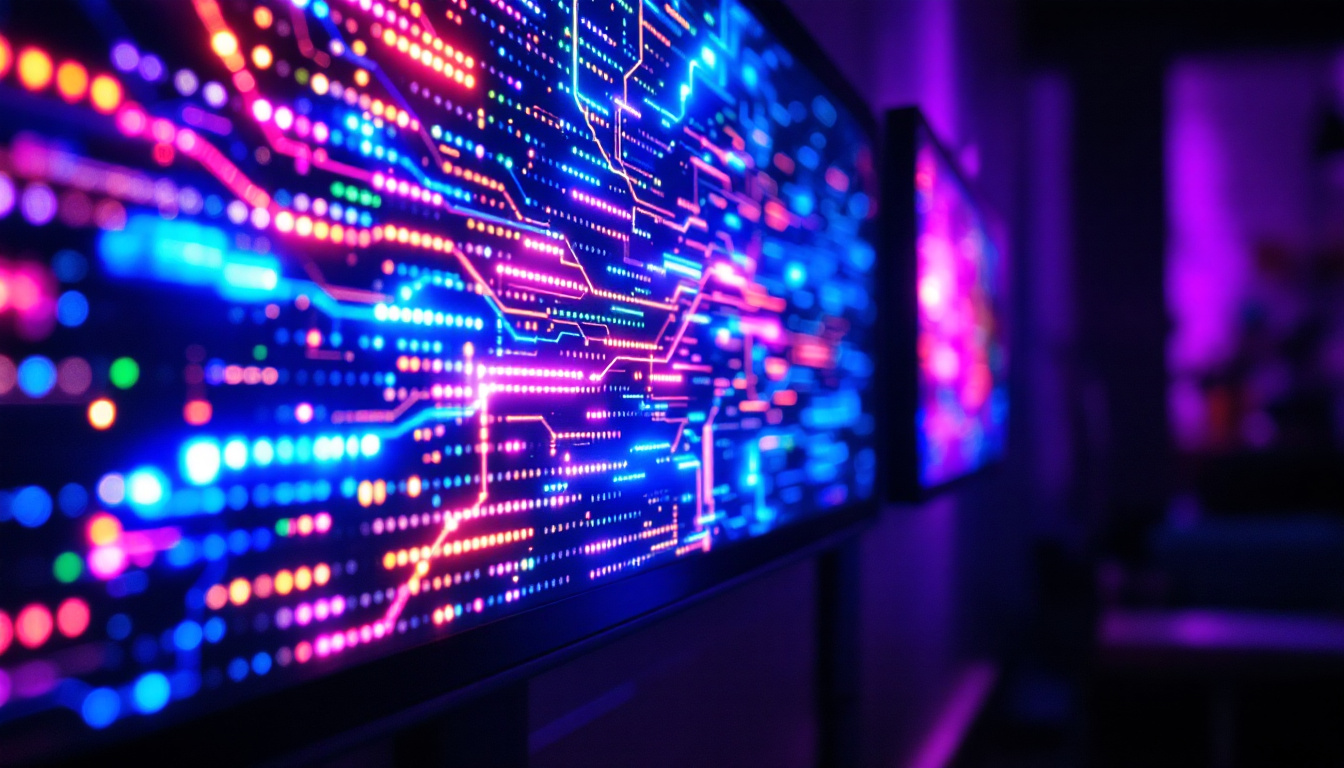In the world of modern technology, the rise of LED displays has transformed the way information is presented. From advertising billboards to indoor screens in corporate settings, LED displays are ubiquitous. However, the efficiency and functionality of these displays often depend on the quality of the cables used to connect them. This article delves into the concept of stackable cables and their significance in the realm of LED displays.
Understanding Stackable Cables
Stackable cables are specialized connectors designed to facilitate the easy and efficient connection of multiple devices, particularly in complex setups like LED displays. These cables are engineered to be modular, allowing for a variety of configurations that can adapt to different display requirements.
Unlike traditional cables, stackable cables can be easily added or removed without disrupting the entire system. This modularity not only simplifies installation but also enhances maintenance, making it easier to troubleshoot or upgrade components as needed.
Key Features of Stackable Cables
One of the standout features of stackable cables is their versatility. They can be used in various configurations, allowing users to connect multiple displays or devices in a seamless manner. Additionally, many stackable cables come with built-in connectors that support daisy-chaining, which is particularly useful for large-scale installations.
Another important aspect is the durability of these cables. Designed to withstand the rigors of frequent handling and environmental factors, stackable cables are typically made from high-quality materials that ensure longevity and reliability. This durability is crucial in settings where cables may be subject to wear and tear, such as in live event production or outdoor installations, where exposure to weather elements can be a concern.
Applications in LED Displays
Stackable cables have found numerous applications in the field of LED displays. From large outdoor screens used for advertising to smaller indoor displays in retail environments, these cables provide the necessary connectivity to ensure optimal performance.
In addition to standard displays, stackable cables are also used in more complex setups, such as video walls. These configurations often require multiple screens to work in tandem, and stackable cables make it possible to connect each display efficiently without compromising on quality. Moreover, the ability to customize the layout of these displays allows for innovative designs that can capture audience attention in unique ways, enhancing the overall visual experience. The integration of stackable cables in these setups not only streamlines the connection process but also supports high-definition video transmission, ensuring that the content displayed is vibrant and engaging.
Furthermore, stackable cables are increasingly being utilized in interactive installations, where user engagement is key. In environments such as museums or trade shows, these cables facilitate the connection of interactive screens that respond to user input, creating an immersive experience. The flexibility of stackable cables allows for quick reconfiguration of displays, making them ideal for temporary setups where adaptability is essential. This capability not only maximizes the impact of the display but also ensures that the technology remains current and relevant in a rapidly evolving digital landscape.
The Importance of Quality in Cable Selection
When it comes to LED displays, the choice of cables can significantly impact performance. High-quality stackable cables ensure that data transmission is fast and reliable, minimizing the risk of signal loss or degradation. The materials used in these cables, such as oxygen-free copper, play a crucial role in maintaining high conductivity and reducing interference from external sources, which is particularly important in environments with a lot of electronic noise.
Furthermore, using inferior cables can lead to a host of issues, including flickering displays, color distortion, and even complete failure of the display system. These problems not only detract from the visual experience but can also result in costly downtime for businesses that rely on LED displays for advertising or information dissemination. Therefore, investing in quality stackable cables is not just a matter of convenience; it is essential for achieving the best possible performance from LED displays. The long-term benefits of using high-quality cables can far outweigh the initial investment, as they can enhance the lifespan of the entire display system.
Factors to Consider When Choosing Stackable Cables
Several factors should be considered when selecting stackable cables for LED displays. First and foremost is compatibility. It is crucial to ensure that the cables are compatible with the specific LED display technology being used, as different systems may require different types of connectors. Additionally, the cable’s data transfer rate should match or exceed the requirements of the display to prevent bottlenecks that could compromise performance.
Another important factor is the length of the cables. Longer cables can introduce latency and signal degradation, so it is advisable to choose the shortest length necessary for the installation. However, it is also essential to account for the physical layout of the installation space; sometimes, a slightly longer cable may be necessary to achieve a clean and organized setup. Additionally, the gauge of the cable can influence performance; thicker cables generally provide better conductivity and signal integrity. It’s also worth considering the cable’s shielding, as well-shielded cables can help prevent electromagnetic interference, which can be particularly problematic in densely populated electronic environments.
Installation Tips for Stackable Cables
Proper installation of stackable cables is essential for optimal performance. Start by planning the layout of the displays and determining the best cable routing to minimize clutter and interference. It is also advisable to label each cable to simplify troubleshooting and maintenance in the future. Using color-coded labels or a systematic numbering system can make it easier to identify which cable connects to which display, saving time during any future adjustments or repairs.
During installation, ensure that the cables are securely connected and that there are no sharp bends or kinks, as these can damage the cables and affect performance. It is also beneficial to use cable ties or clips to keep cables organized and prevent them from being accidentally unplugged or damaged. Finally, testing the connections after installation can help identify any potential issues before the system goes live. Implementing a thorough testing protocol, including checking for signal integrity and ensuring that all displays are functioning correctly, can help avoid any surprises during the initial operation of the display system.
Future Trends in Stackable Cable Technology
The technology surrounding stackable cables is continually evolving, driven by the increasing demands of LED display applications. One of the emerging trends is the development of smart cables that can monitor performance and provide real-time feedback on connectivity and data transmission. These smart cables may utilize integrated sensors that can detect issues such as signal degradation or interference, allowing technicians to proactively address problems before they impact performance. This level of monitoring not only enhances reliability but also contributes to a more efficient workflow in environments where downtime can be costly.
Additionally, advancements in materials science are leading to the creation of lighter and more flexible cables that do not compromise on durability. These innovations will likely enhance the ease of installation and maintenance, making stackable cables even more appealing for LED display setups. The introduction of materials such as thermoplastic elastomers (TPE) and advanced polymers can provide greater resistance to wear and tear, ensuring that cables can withstand the rigors of frequent handling and environmental exposure. As a result, users can expect longer lifespans and reduced replacement costs, further solidifying the value of stackable cable technology in various applications.
Integration with Other Technologies
As LED displays become more integrated with other technologies, such as IoT devices and smart systems, the role of stackable cables will also evolve. Future cables may incorporate features that allow for seamless communication between devices, enabling more sophisticated display solutions. This integration could lead to the development of cables that not only transmit data but also facilitate real-time analytics, providing insights into user engagement and display performance. Such capabilities would empower businesses to make data-driven decisions, optimizing their display strategies based on audience interaction.
For instance, stackable cables could be designed to support power over Ethernet (PoE), allowing both data and power to be transmitted through a single cable. This would simplify installations and reduce the number of cables required, leading to cleaner and more efficient setups. Furthermore, as the demand for modularity increases, these cables could be engineered to support plug-and-play functionality, enabling users to easily reconfigure their systems without extensive downtime or technical expertise. This adaptability will be crucial as industries continue to evolve and require flexible solutions that can grow with their needs.
Environmental Considerations
With growing awareness of environmental issues, the manufacturing and disposal of stackable cables are also coming under scrutiny. Future developments may focus on creating eco-friendly cables made from sustainable materials, as well as implementing recycling programs for old cables. Manufacturers might explore biodegradable plastics or recycled materials that maintain performance standards while minimizing environmental impact. Additionally, the industry could see increased collaboration with environmental organizations to establish best practices for cable lifecycle management, ensuring that products are responsibly sourced and disposed of.
Furthermore, energy-efficient designs that minimize power consumption during data transmission could become a priority, aligning with global efforts to reduce carbon footprints in technology. Innovations such as low-power signaling and enhanced insulation techniques may contribute to significant energy savings, making stackable cables not only a practical choice but also a responsible one. As consumers and businesses alike become more eco-conscious, the demand for sustainable technology solutions will likely drive further advancements in cable design and manufacturing, paving the way for a greener future in the tech industry.
Conclusion
Stackable cables play a crucial role in the functionality and performance of LED displays. Their modular design, durability, and versatility make them an ideal choice for various applications, from simple setups to complex video walls.
As technology continues to advance, the importance of selecting high-quality stackable cables cannot be overstated. By understanding the key features, applications, and future trends, users can make informed decisions that enhance the performance and longevity of their LED display systems.
In a rapidly evolving digital landscape, staying updated on the latest developments in stackable cable technology will ensure that businesses and individuals can maximize the potential of their LED displays, paving the way for more innovative and engaging visual experiences.
Discover LumenMatrix LED Display Solutions
Ready to elevate your visual experience with the latest in LED display technology? Look no further than LumenMatrix, a pioneer in crafting immersive and dynamic LED displays for every application. Whether you’re interested in Indoor LED Walls, Outdoor Displays, or innovative solutions like LED Sports Displays and Transparent LED Displays, LumenMatrix has the expertise to bring your vision to life. Embrace the future of visual communication and check out LumenMatrix LED Display Solutions today to see how we can transform your space into a captivating visual spectacle.

